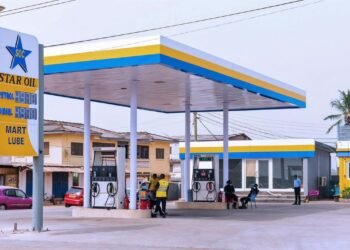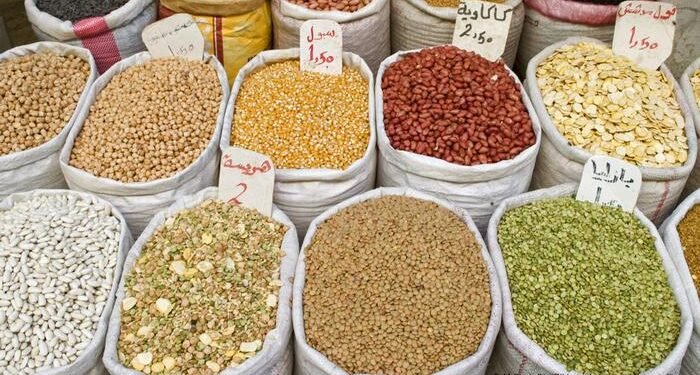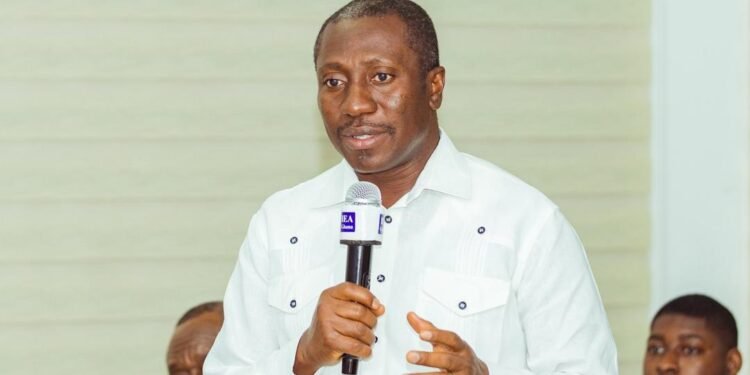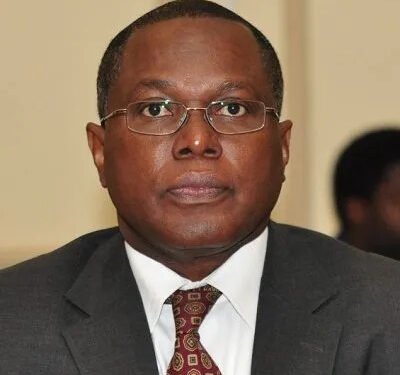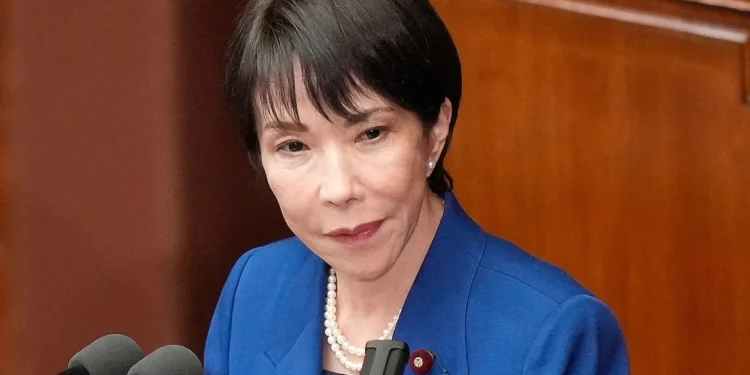The Ghana National Petroleum Corporation (GNPC) has announced a nearly 10 percent increase in total gas production for 2024, reflecting stronger operational performance, improved field management, and progress in Ghana’s drive toward energy self-sufficiency.
The development was detailed in the Corporation’s2024 Annual Report, which also revealed growth in gas revenues despite persistent infrastructure and operational challenges.
According to the report, total gas production from Ghana’s three producing oil and gas fields, Jubilee, Tweneboa-Enyenra-Ntomme (TEN), and Sankofa Gye Nyame (SGN) reached 280,511 million standard cubic feet (MMscf) in 2024. This represents a 9.9 percent increase over the 255,169 MMscf recorded in 2023.
Of the total, 193,859 MMscf was associated gas, while 86,652 MMscf was non-associated gas, compared to 184,513 MMscf and 70,656 MMscf respectively in the previous year.
The Corporation explained that “gas utilization in 2024 comprised 115,455 MMscf exported, 123,743 MMscf injected, 28,501 MMscf flared, and 11,687 MMscf used as fuel gas.”
“The overall improvement in gas production highlights the benefits of enhanced reservoir management, strong plant reliability, and coordinated stakeholder efforts that continue to underpin Ghana’s gas-to-power agenda.”
GNPC’s 2024 Annual Report
Stronger Gas Business Amid Operational Challenges
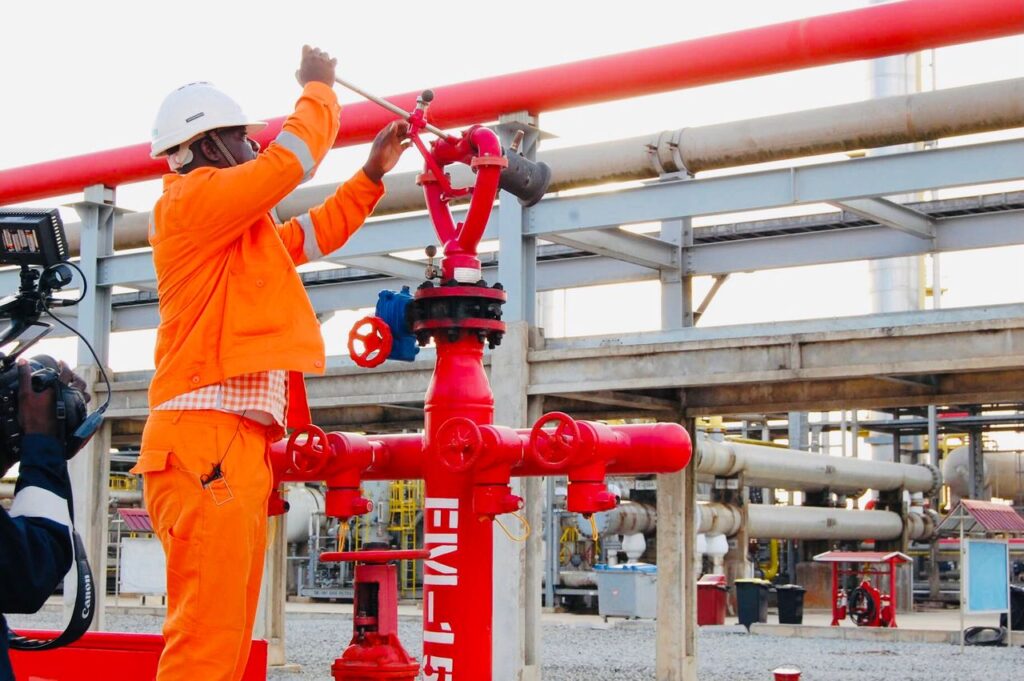
GNPC’s gas trading division recorded robust financial performance, with revenue surging by 25 percent to US$884.5 million in 2024, up from US$710.26 million the previous year.
This was achieved despite what the report described as a“challenging operating environment characterized by payment challenges, curtailment of reverse flow transmission services, and suspension of TEN associated gas supply.”
The Corporation credited the revenue growth to higher gas demand, particularly from power generation.
Working in collaboration with the Offshore Cape Three Points (OCTP) contractor group, GNPC successfully debottlenecked the gas export facility, increasing supply from 210 million standard cubic feet per day (MMscf/d) to 246 MMscf/d.
This additional gas supply was primarily consumed by the Volta River Authority’s (VRA) Kumasi Thermal Power Plant (KTPP), which was relocated to Kumasi in May 2024 to improve energy supply reliability in the middle belt.
GNPC’s Weighted Average Gas Commodity Cost (WACOG) also rose by 6.8 percent, from US$7.04/MMBtu in 2023 to US$7.78/MMBtu in 2024.
The Corporation successfully met its Take or Pay (ToP) contractual obligations under the OCTP Gas Sales Agreement, taking 62 billion cubic feet (BCF) of gas in October 2024.
This facilitated the offtake of 18.8 BCF of Make-up gas accrued from 2019 and the associated condensates.
The Corporation emphasized that these results demonstrate its growing commercial competence and commitment to the national gas agenda.
“GNPC’s gas business delivered a stronger performance compared to the previous year.
“Driven by improved coordination, increased production efficiency, and rising demand across the power and industrial sectors.”
GNPC’s 2024 Annual Report
Persistent Flaring and Environmental Concerns

Despite the overall progress, gas flaring a major environmental issue in petroleum operations increased by 6 percent in 2024. The Corporation attributed this rise to“field-specific operational constraints”across all three producing fields.
According to the report, Greater Jubilee accounted for 44 percent of total flaring, Sankofa Gye Nyame for 38 percent, andTENfor 18 percent.
GNPC said it continues to observe national policy and regulatory restrictions on flaring but acknowledged that technical challenges necessitated limited dispensation to sustain production.
At Greater Jubilee, the FPSO Kwame Nkrumah operated under an EPA flare dispensation of 35 MMscf per day in 2024“to support optimal oil production, necessitated by the high Gas-Oil Ratio (GOR) and limited gas-handling capacity.”
However, GNPC noted that“the need for this dispensation is expected to decrease significantly in 2025 as options to expand processing and handling capacity are pursued.”
At the TEN Field, increased flaring resulted mainly from“restricted gas export capacity, recurrent plant trips, reliance on gas lift, and reduced processing capability due to the prolonged unavailability of the Low-Pressure Gas Compressor.”
Meanwhile, the FPSO John Agyekum Kufuor (JAK) at Sankofa Gye Nyame recorded elevated flaring levels due to“motor failures on the HP flash gas and gas injection compressors, which kept these units offline for several months.”Repairs were completed late in the year, restoring normal operations.
The Corporation reaffirmed its commitment to reduce flaring levels significantly in the medium term through investments in gas-processing infrastructure and operational improvements.
Building a Sustainable Gas Future
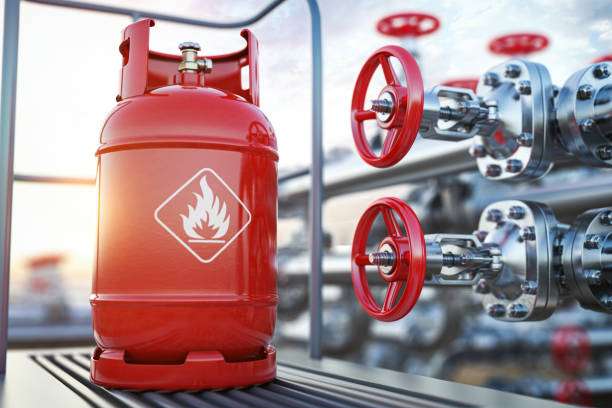
GNPC said its strategic priorities for the gas business include securing and expanding infrastructure investments, optimizing costs, and expanding gas utilization beyond the power sector.
The Corporation plans to promote greater use of natural gas in industry, transportation, and fertilizer production to create a more diversified and resilient gas economy.
“GNPC will intensify stakeholder management to ensure GNPC’s gas business continues to deliver consistent value to both the Corporation and the nation.”
GNPC’s 2024 Annual Report
As the Corporation strengthens its foothold in the gas value chain, it continues to play a central role in achieving national energy security, reducing imports, and supporting industrial growth.







